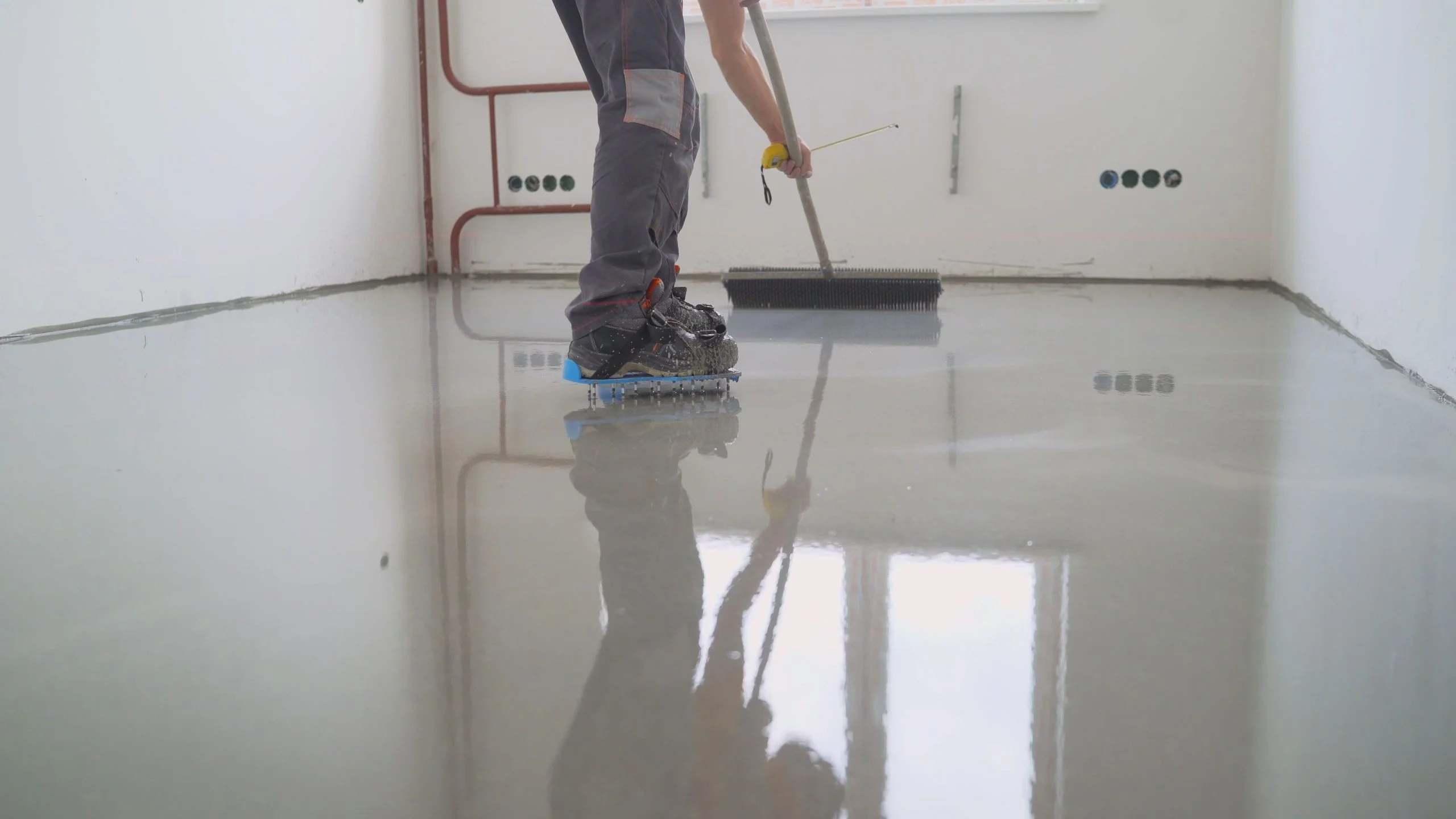
A lot of the time when you hear about screeds you will see that waterproofing is done either over, or under screeds. But can doing both be better? #
Waterproofing both under and over screeds have had their moments of popularity. Commonly we see waterproofing below the screed in New South Wales, Queensland, and Victoria, and waterproofing over the screed in Tasmania and South Australia. Both ways have their advantages and disadvantages which sometimes makes it difficult to choose the correct method.
Many factors need to be considered when choosing whether to waterproof either above or below the screed, such as the substrate structure and the possible movement of the substate that may occur, mechanical abrasion of membranes, bond breakers and release zones, bed saturation and substrate drainage, and compatibility with other materials. Not considering all of these factors can lead to some serious consequences such as waterproofing membrane failure, or other collateral damage such as bacterial growth, or efflorescence.
Under screed application is an appropriate method to use when there is a high risk of extensive substrate movement or if construction joints are visibly present which requires the use of an unbonded sheet membrane. However, the downfalls of under screed application can include the screed getting wet, resulting in a mushy textured screed that retains moisture. Having this happen can cause things such as efflorescence – this is a common occurrence on external balconies.
Over screed application can be a successful way to prevent efflorescence. But over screed waterproofing still has its drawbacks. If there is movement of the substate and the screed used is not high strength, it can crack causing issues for the flooring laid on top of it.
Considering the advantages and disadvantages of both methods, it’s easy to see how waterproofing both above and below the screed is an extremely beneficial practice. Although it does require more screeding material, it also will increase the warranty on the system as it now has double protection. With waterproofing both above and below the screed there is no reason for the screed to be exposed to moisture. If however a tile becomes dislodged or damaged in some way, the waterproofing above the screed can be repaired, knowing there is still an extra layer of protection underneath as well.
This method can be used in areas that are more prone to moisture, and then either an under or over method can be used for the remainder of the area to save on costs if necessary. For example, a great place for both an over and under screen application would be a wet room where the shower and bath are in an open area, or in a disabled bathroom.
Another area where this double waterproofing method is extremely beneficial is for external areas such as balconies. Outside areas are prone to efflorescence because a lot of the time efflorescence comes from screed systems, and the moisture they retain. When the screed is protected from both ends this gives you maximum peace of mind.
When you’re choosing which screed to lay down RLA’s options make the decision easy. With two premium grade options depending on which level of drying time you need. TruLevel EconoScreed for when you need a regular drying screed, and TruLevel EconoScreed Rapid for when you need your screed to rapidly dry and harden.
For further information , feel free to get in touch with us via phone or email.

Trulevel EconoScreed Rapid #

Trulevel EconoScreed #
For further information on which waterproofing technique is right for your application, our products, or more detailed specification information, please get in touch via phone or email, or send us a request via our contact us page.








